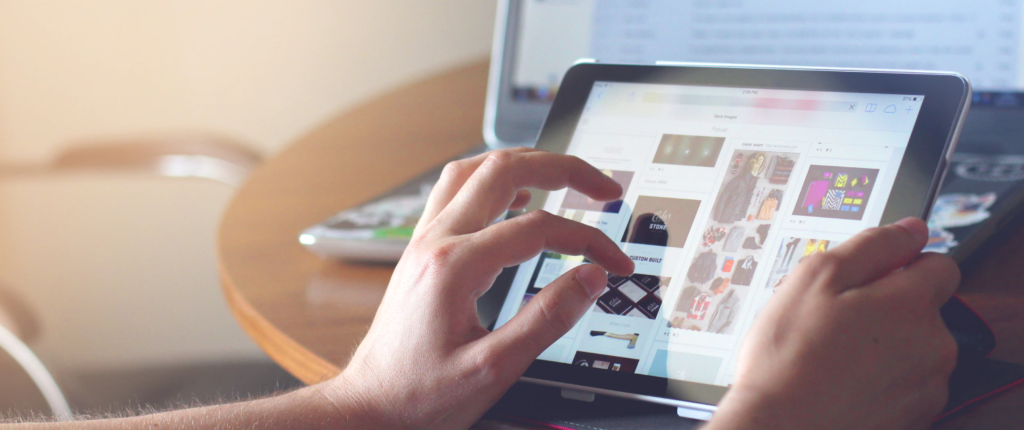With the rate of technology accelerating, what does this mean for the future of website design?
Ready for the big change?
If you liked reading this article you may also like:
What happens next? Post launch activities
Launching a website is an important milestone for any business, but the work doesn't stop there. In this infographic we outline key areas to keep on top to ensure ongoing performance.
Communicating your school story on your website
In order to provide a distinctive and memorable school website experience, it is essential that you communicate your school's story. In this blog post, we share our thoughts on how to best stand out online.
Communicating through website photography and video
Photography and video have the ability to really strengthen your school website experience, creating an emotional connection with the user. In this interview, we asked expert, Andy Catterall, his views on on the importance of good photography and video on the school website.


